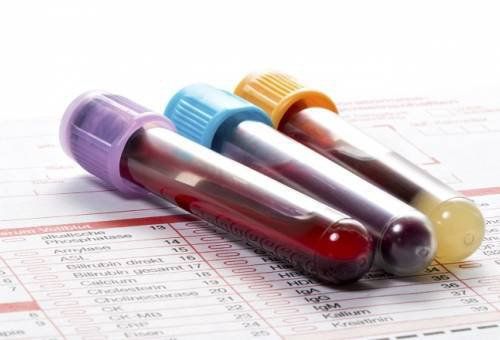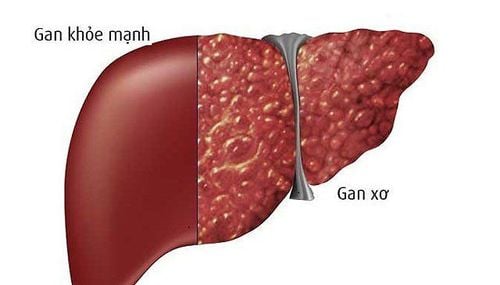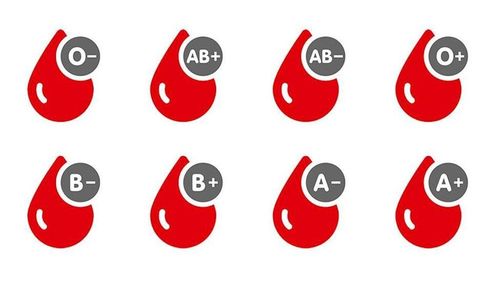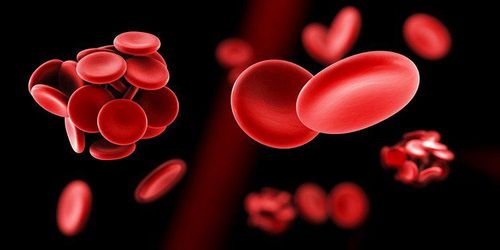This article is professionally reviewed by Dr. Đỗ Văn Mạnh, Specialist Level I in Emergency and Critical Care Medicine, Department of Emergency and Critical Care, Vinmec Hạ Long International General Hospital.
Coagulation is a protective mechanism of the body to prevent bleeding. Our body always requires a balance between two systems: coagulation and anticoagulation. If these two systems lose their balance, it can lead to vessel obstruction or bleeding. So, how long does normal blood clotting take?
1. How Long Is the Normal Blood Clotting Time?
To determine blood clotting time, doctors will recommend certain coagulation tests. Each testing method may yield different results regarding clotting time.
Below are some methods used to test blood clotting:
1.1. Clotting Time Test
When blood exits the body, the blood vessel no longer interacts with endothelial factors, and coagulation is initiated by the activation of intrinsic factors. The time from when blood leaves the vessel until a blood clot forms is called clotting time.
In a clotting time test, normal clotting time ranges from 8 to 12 minutes. Prolonged clotting time may indicate a coagulation disorder, while reduced clotting time may suggest the presence of anticoagulant inhibitors or a decrease in coagulation factors.
If the clotting time exceeds 15 minutes, it is considered prolonged.
1.2. Clot Retraction Test
When blood clots outside the vessel wall, it solidifies due to the formation of fibrin fibers. Fibrin networks enclose the formed elements of the blood, retracting to form a clot that separates fro the serum.
The blood clot is placed in a test tube in a water bath maintained at 37°C. Normally, the clot will fully retract within 3 hours after being separated from the test tube.
In cases of abnormalities in platelet function or fibrinogen levels, the clot may not retract completely or may not retract at all.
1.3. Prothrombin Time Test
This method evaluates the extrinsic coagulation pathway. Prothrombin time (PT) primarily reflects the activity of factors involved in the extrinsic coagulation pathway.
If PT is normal, the blood clotting time typically ranges from 10 to 14 seconds.

1.4. Activated Partial Thromboplastin Time (APTT) Test
Thromboplastin primarily reflects the coagulation activity of factors involved in the intrinsic coagulation pathway.
If thromboplastin is normal, the clotting time is approximately 30–40 seconds.
1.5. Thrombin Time Test
This method is used to evaluate the common coagulation pathway.
Normal clotting time ranges from 14–16 seconds.
2. Causes of Abnormal Blood Clotting Time

Slower blood clotting can be observed in the following cases:
- Individuals using Heparin.
- Patients with liver cirrhosis.
- Deficiency of coagulation factors.
- Individuals using Warfarin.
- Presence of lupus anticoagulant inhibitors.
Faster Blood Clotting
Faster blood clotting may result from a deficiency of anticoagulant substances, leading to increased fibrin formation, hypercoagulability, and vascular obstruction.
Is faster blood clotting dangerous?
Faster blood clotting, in its initial stages, may present with mild symptoms.
However, as hypercoagulation progresses, it can lead to severe complications such as disability or even death. Therefore, faster blood clotting is very dangerous and should not be ignored.
The Importance of Testing Blood Clotting Time
Testing to determine the blood clotting time of each patient is crucial. Based on clotting time, doctors can accurately assess each patient’s coagulation status and develop appropriate treatment strategies tailored to their condition.
Please dial HOTLINE for more information or register for an appointment HERE. Download MyVinmec app to make appointments faster and to manage your bookings easily.














